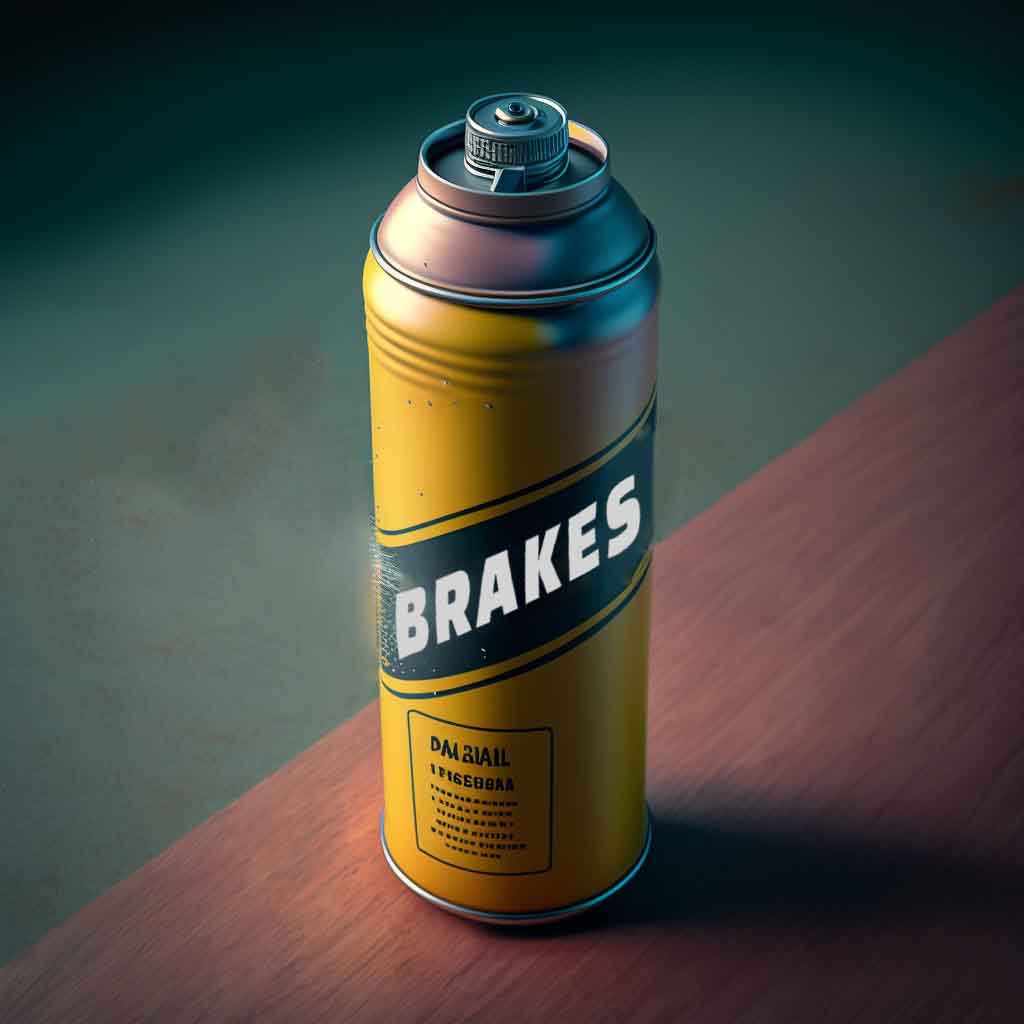Brake cleaner is a powerful solvent that is used to clean and degrease a variety of automotive components, including brake parts, engines, and transmissions. It is designed to quickly dissolve and remove contaminants, such as oil, grease, and brake dust. However, there is some concern among users that brake cleaner could potentially damage paint.
The effects of brake cleaner on paint can vary depending on several factors, including the type of paint, the duration of exposure, and the concentration of the solvent. In general, brake cleaner is not designed to be used on painted surfaces and can potentially cause damage.
Brake cleaner contains a mixture of chemicals, including acetone, toluene, and methyl ethyl ketone (MEK). These chemicals are known to be aggressive solvents that can dissolve and remove many types of contaminants. However, they can also dissolve and remove some types of paint.

The effects of brake cleaner on paint can vary depending on the type of paint used. Most modern automotive paints are designed to be resistant to solvents, including brake cleaner. However, some types of paints, such as lacquers and some types of enamel paints, may be more vulnerable to damage.
The duration of exposure to brake cleaner is also an important factor in determining the potential for paint damage. Brief exposure to brake cleaner is unlikely to cause significant damage to most types of paint. However, prolonged exposure to brake cleaner can cause the paint to soften and become discolored or damaged.
The concentration of the solvent is another important factor to consider. Brake cleaner is available in a variety of formulations, with varying concentrations of chemicals. Some formulations may be more aggressive than others, and it is important to choose a brake cleaner that is appropriate for the task at hand.
To minimize the risk of damage to paint, it is important to use brake cleaner in a well-ventilated area and to follow the manufacturer’s instructions carefully. It is also important to avoid prolonged exposure of painted surfaces to brake cleaner. If you are unsure whether a particular brake cleaner is safe to use on painted surfaces, it is best to test it on a small, inconspicuous area before using it on the entire component.
In summary, brake cleaner can potentially damage paint, particularly older or more vulnerable types of paint. However, the risk of damage can be minimized by using the cleaner properly and avoiding prolonged exposure to painted surfaces. If you are unsure about the safety of a particular brake cleaner, it is best to seek professional advice before using it on painted surfaces.

